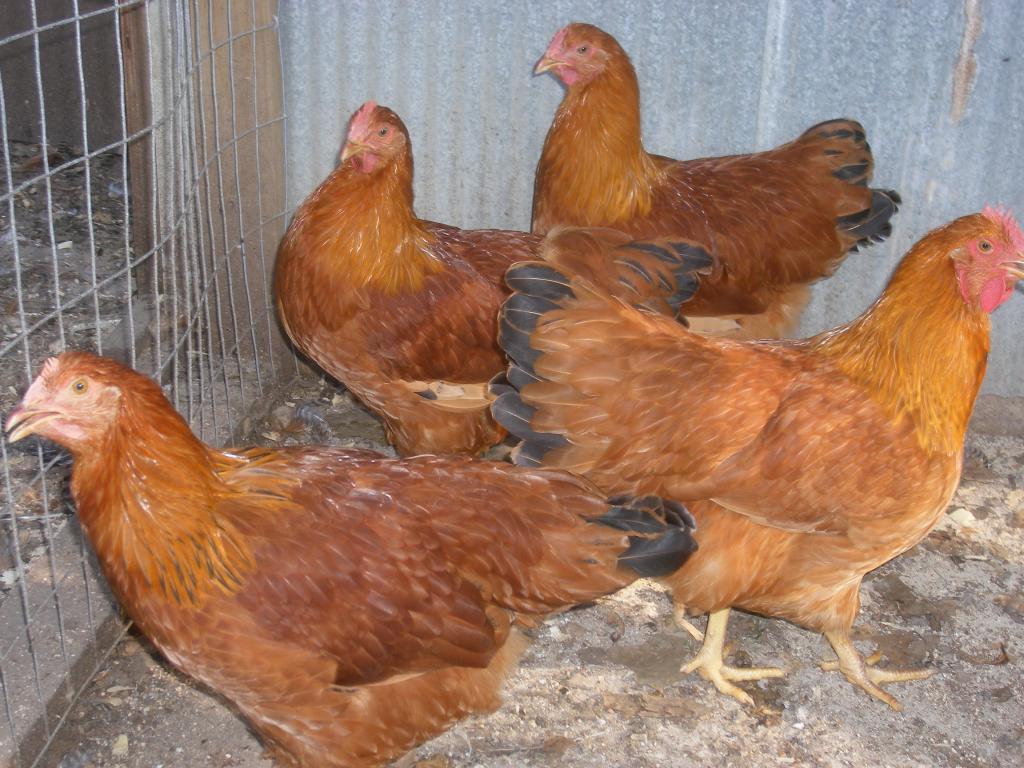Quote:
Good day there fellow New Hampshire chicken lovers,
Oh I just think they are lovely Mrs. Kathy, have I ever told you how lovely I think ....... er um a hem
No, now on a serious note great question there on which to keep or not. I certainly don't have the correct answer either but maybe we can get some input here from the more experienced ones on here that do the selective breeding on here I'm sure somebody can answer it for us.
I was too tired to answer last night, I try to refrain from answering too many questions that late at night. I'm sure most people wouldn't want to try to sort out my blabbering and rabbit chasing that the answer would more or less turn into.
But I did go to bed with it on my mind and this is one of the things I brainstormed up when I woke up and started doing my morning chores and routines.
Maybe contact Mr. Robert Blosl and see what he has too say on the situation at hand. I don't know how much of an expert he is on New Hampshires, but he deffinately knows his Rhode Island Reds for sure and beings the NH's are relatively close to the RIR's not like brother and sister close but more like double-first cousin close and that's almost as close as siblings.
I remember back sometime ago when he (Bob) was talking about picking out the RIR pullets and hens, that to keep the dark rich mahagony red you either did or did'nt use the ones with the black striping in their neck feathers and most definately you do not use the male with the black striping in their hackles (the reason I remember that on the males is because I have always chosen the striped neck ones in my Pro-red line
because they are prettier to me) not trying to compare
oranges to
apples, just saying.
Anyhoo, there maybe something to the same nature in this color configuration, maybe? IDK
till next time, bye for now
Jeff
ps did you get my pun:
oranges (NH)
apples (RIR)
I know
right?













